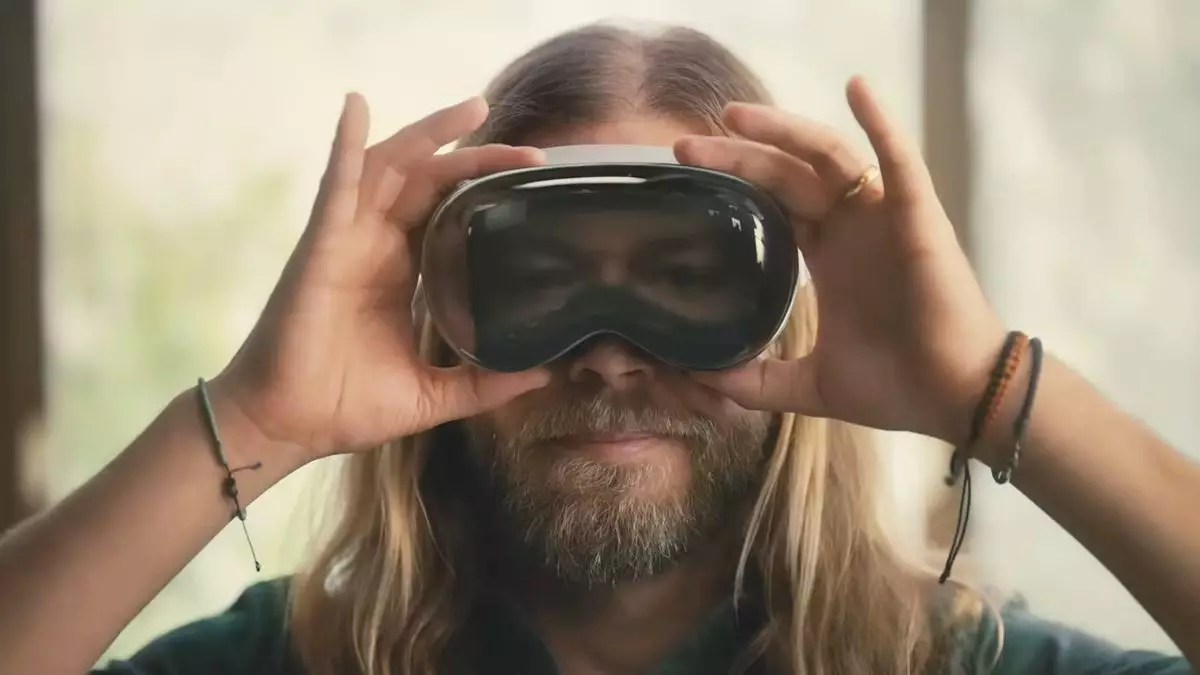The Apple Vision Pro headset did not meet the expectations set by the company, as reports surfaced indicating a significant reduction in production numbers due to poor sales. Users have voiced various complaints, including issues with cracking screens, a sense of isolation while wearing the headset, and feeling self-conscious about their appearance when using it. Additionally, the high price tag of $3,499, before any additional features, has deterred many potential buyers.
Apple’s Decision to Suspend Work on Next Generation
Recent reports suggest that Apple has made a surprising decision to halt the development of the next generation of the Vision Pro headset in favor of a more affordable model. According to sources, Apple informed at least one of its suppliers that work on the Vision Pro 2 has been suspended to prioritize a version with fewer cameras, a simpler headband, and smaller speakers. This new, cheaper model, known internally as “N109,” has been in progress since 2022 and is expected to retail for approximately $1,600, aligning it with the price of a high-end iPhone.
Despite the criticism faced by the original Vision Pro headset, particularly regarding its weight and appearance, Apple aims to address these issues with the upcoming model. The emphasis is on creating a lighter device while retaining the impressive internal display components that received positive feedback from reviewers. By maintaining the high-quality display technology while reducing the overall cost, Apple demonstrates a commitment to providing a more consumer-friendly product.
The decision to prioritize a more affordable and refined VR headset over a technologically advanced but costly version indicates a strategic shift in Apple’s approach. By focusing on meeting consumer demands for a lighter, more comfortable, and competitively priced device, Apple aims to rectify the shortcomings of the original Vision Pro launch. This move highlights a willingness to adapt and prioritize user experience over technical specifications.
If the rumors surrounding Apple’s decision to pivot towards a more cost-effective VR headset prove to be accurate, it could signify a significant shift in the industry. The move towards consumer-centric products that prioritize affordability and usability may set a new standard for VR technology. As Apple seeks to redefine its position in the market and address past failures, the success of this strategic realignment could influence the direction of future VR innovations.
Apple’s shift towards developing a more accessible and user-friendly VR headset represents a calculated effort to learn from past mistakes and prioritize consumer satisfaction. By focusing on essential features, reducing production costs, and enhancing the overall user experience, Apple aims to regain the trust of its audience and establish a stronger presence in the competitive VR market.


Leave a Reply